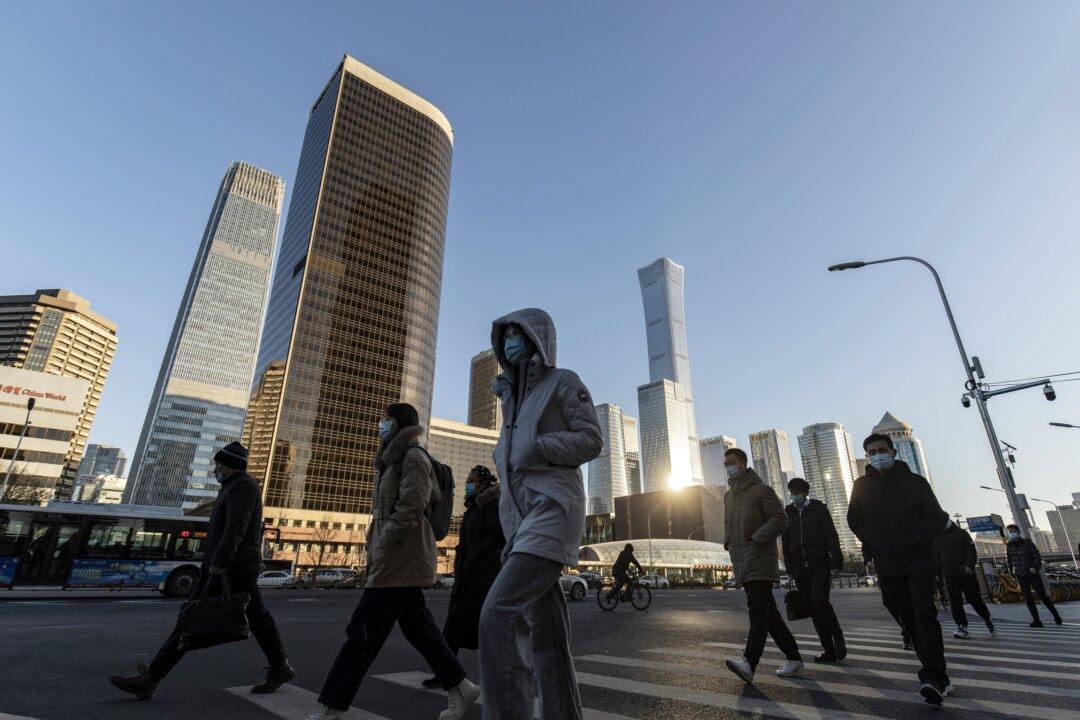News Analysis
Beijing is beginning to look desperate. Months ago, it reduced its real growth target of 2022 to only 5.5 percent. Severe restrictions to deal with COVID-19 make even that reduced number look unattainable.

Beijing is beginning to look desperate. Months ago, it reduced its real growth target of 2022 to only 5.5 percent. Severe restrictions to deal with COVID-19 make even that reduced number look unattainable.